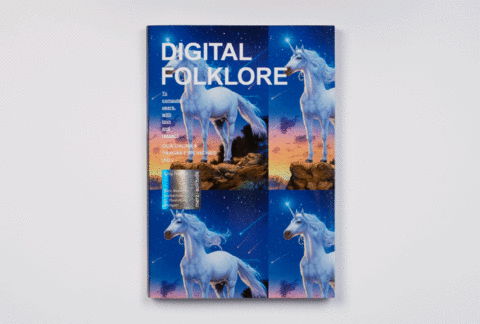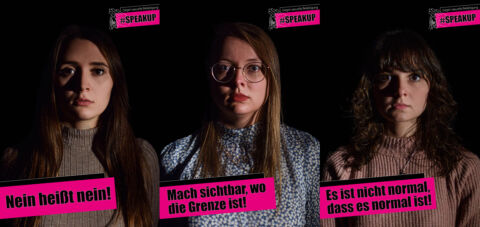Media art is both an incredibly broad term (what art is NOT made with media?) and at the same time a reference to various forms of net art, installation art, post-internet, artist-driven software, and media activism.
 Screenshot of the animated film Navigating Mindscape by Isabel Kohlhagen and Vincent Gössler
Screenshot of the animated film Navigating Mindscape by Isabel Kohlhagen and Vincent Gössler 






